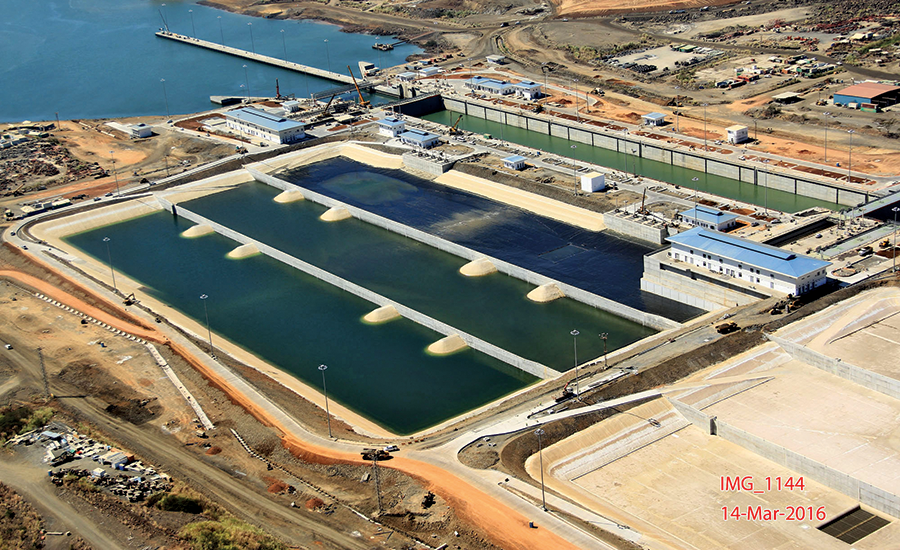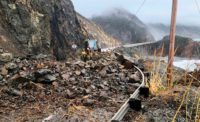Responding to and preparing for climate change is a huge driver of environmental work globally, according to several firms in the sector.
With the ratification of the Paris climate agreement, companies expect to see more requirements for climate-change mitigation and adaptation incorporated into contracts.
“Climate change is a scary thought to many. For engineers, we see this as a great opportunity with many challenges,” says Alan Krause, executive vice president of Stantec and former CEO of MWH Global, which was acquired by Stantec earlier this year.
|
Click Here to View ENR's 2016 Global Sourcebook |
“Building in components that address climate-related issues will be critical to keep a competitive advantage among global players,” says Bob Tilbury, general manager of water and environment for SMEC.
Companies are helping regions to adapt to drought by conserving, reusing or desalinating water. Other projects involve building or rebuilding infrastructure in coastal areas to defend against more frequent storms.
Further, engineers are trying to mitigate the inland effects of intense weather events. Climate change is having an impact even in the far North, where melting permafrost is affecting species and infrastructure.
“It’s all about managing what is the new normal,” says Mike Orth, executive vice president of Black & Veatch’s water business.
The pace at which climate change will affect different regions of the world will vary, but the business of adaptation will continue to grow.
“For new infrastructure, getting the design parameters right around climate change is crucial, particularly in disciplines such as flooding and coastal engineering,” Tilbury says.
Environmental stewardship and remediation also are coming under the climate-change umbrella. Tetra Tech is helping to manage coral reefs, which are essential to healthy fisheries and livelihoods. Sustainable forestry management is also an environmental program linked to local economies and climate.
“Most environmental work is evolving to have a much closer connection to local economies and how they adapt to climate,” says Leslie Shoemaker, president of Tetra Tech’s water, environment and infrastructure group.
Environmental engineers are increasingly looking at solutions that address the long-term viability for a population and its economy. This approach is taken even in traditional environmental work, such as when Tetra Tech designed the Panama Canal’s third lock system to reuse 60% of the water.
Climate-change adaptation is also a consideration in work stemming from population growth in developing countries. AECOM is working to build USAID-funded water infrastructure in the West Bank to help deal with the population growth there.
Dave Dickey, leader of AECOM’s water business, Americas, says his firm expects to see a lot of work addressing population growth in urban areas of developing countries.
“We might see a 50% increase in population, but we are seeing a water demand that is twice that due to the growth of emerging and fast-growing nations,” Dickey says. About 70% of the world’s population growth will be in urban areas by 2050. “If the infrastructure isn’t in place, there will be some very serious problems,” he says.
Louis Berger won a $12.3-million contract to deliver project management, construction supervision and technical assistance services as part of a sanitation initiative outside Panama City, one of the fastest-growing areas in Latin America. Currently, less than 25% of that community’s population is connected to the local sewerage system.
“This threatens public health and the environmental sustainability of rivers and the Panama Bay, which are contaminated with untreated sewage,” says Jim Stamatis, president and CEO of Louis Berger.



